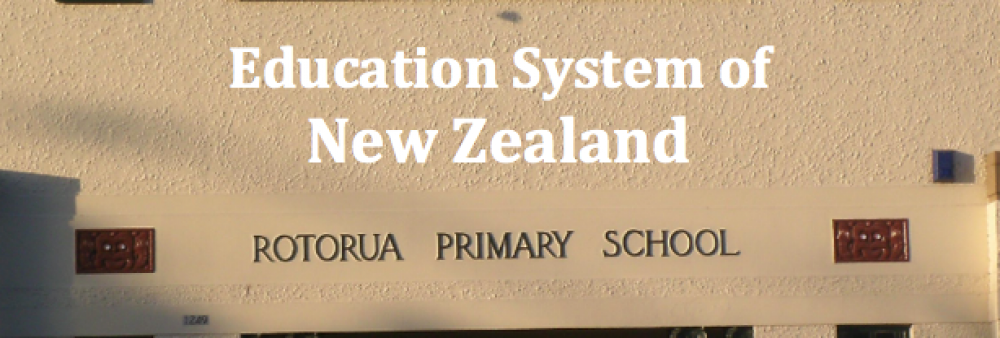New Zealand was first settled by Maori, who voyaged from the south-east Pacific about 1,000 years ago. The first European contact occurred when Dutch navigator Abel Tasman visited in 1642 and the British explorer James Cook visited in 1769, 1773 and 1777. Further European settlement occurred from the 1840s onwards.
1816: Thomas Kendall starts the first missionary school in New Zealand, at Rangihoua. The opening roll was 33 children.
1840: Over 500 hundred Maori chiefs signed the Treaty of Waitangi, which established New Zealand as a British Commonwealth.
1870: The University of New Zealand was established as the sole higher degree granting institution. This lasted until 1961.
1877: Made primary education compulsory for children aged 5-15. Established education system to be free, compulsory and secular.
1914: Required secondary school to be free.
1944: Major curriculum overhaul of education system, which instituted a common curriculum. This lasted for almost 40 years.
1987: Established by the government to review the administrative structure of the education system. It recommended decentralizing the Department of Education, which was completely replaced with a Ministry of Education.
1989: Established Wananga, a Maori-immersion university. Also gave each individual school an autonomous position within the Ministry of Education. A Board of Trustees is now responsible for overseeing all aspects of each school.
2007: Last major curriculum overhaul in an effort to improve the quality of education which was in response to international test results, such as PISA (Programme for International Student Assessment.)
(Source: Ministry of Education, 2013)



